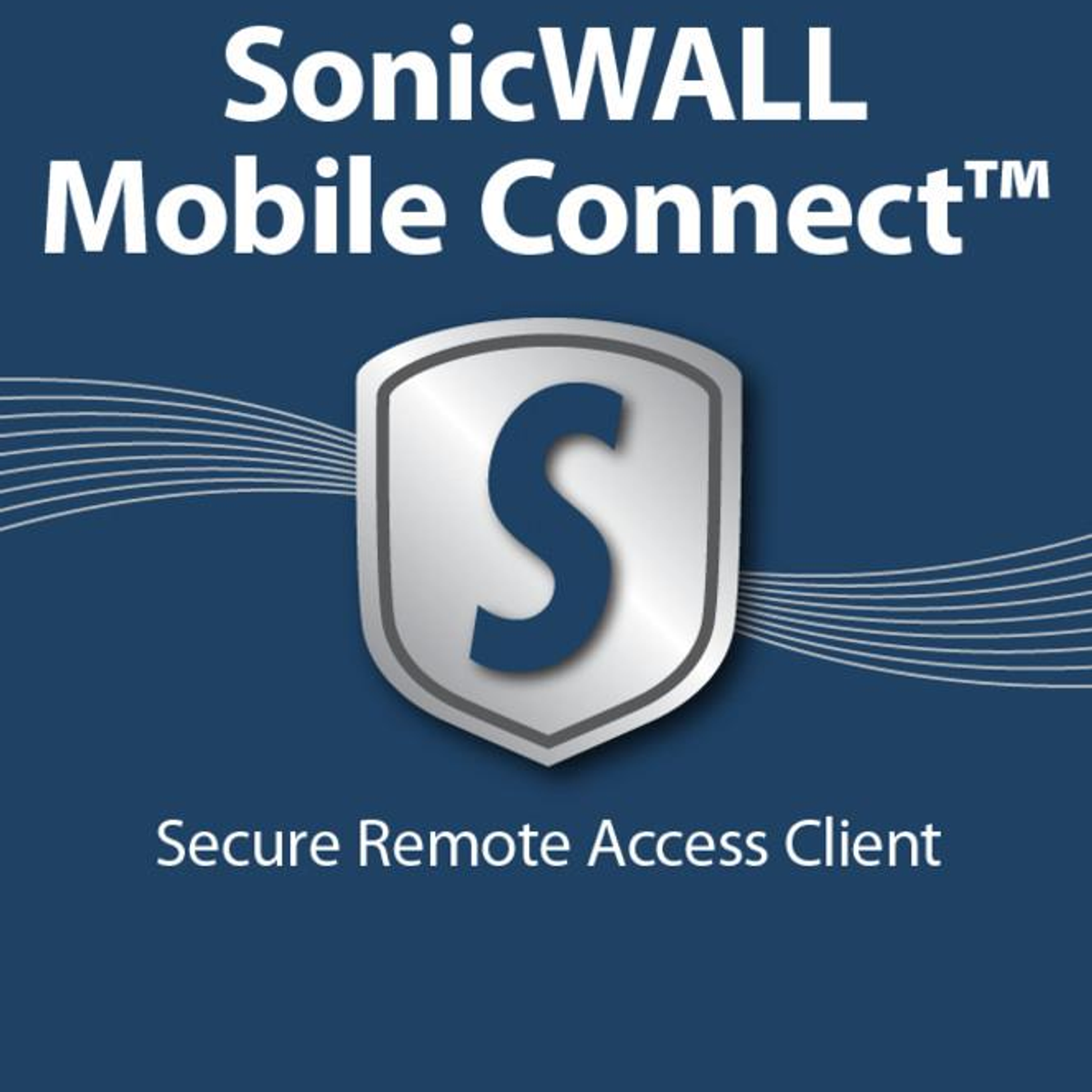고정 헤더 영역
상세 컨텐츠
본문
One of the easiest, and cheapest (read 'free') solutions is to turn on L2TP in the SonicWALL device. Then use the built-in L2TP VPN client in the Mac. (Network Preference Pane in System Preferences, plus sign to and an interface, choose VPN, then choose L2TP over IPSEC) Even with this solution available, I still choose to use the Equinux VPN Tracker client. It's not cheap ($100US) for each client, but it's very easy to set up and use. It's also easier to train my mobile users to 'slide the switch to 'ON' and have them see the green light than to use the menu bar or Network preference pane. One of the easiest, and cheapest (read 'free') solutions is to turn on L2TP in the SonicWALL device. Then use the built-in L2TP VPN client in the Mac.

(Network Preference Pane in System Preferences, plus sign to and an interface, choose VPN, then choose L2TP over IPSEC) Even with this solution available, I still choose to use the Equinux VPN Tracker client. It's not cheap ($100US) for each client, but it's very easy to set up and use. It's also easier to train my mobile users to 'slide the switch to 'ON' and have them see the green light than to use the menu bar or Network preference pane. Asteryx wrote: One of the easiest, and cheapest (read 'free') solutions is to turn on L2TP in the SonicWALL device.
Loading. Sonicwall Vpn Client Software For Mac Free
Then use the built-in L2TP VPN client in the Mac. (Network Preference Pane in System Preferences, plus sign to and an interface, choose VPN, then choose L2TP over IPSEC) Even with this solution available, I still choose to use the Equinux VPN Tracker client. It's not cheap ($100US) for each client, but it's very easy to set up and use. It's also easier to train my mobile users to 'slide the switch to 'ON' and have them see the green light than to use the menu bar or Network preference pane. Awesome, I will definitely keep both options in mind. Since this may become a bit a of a trial and error process.




